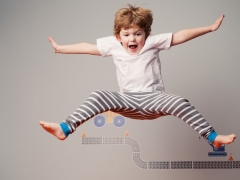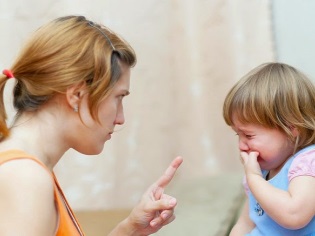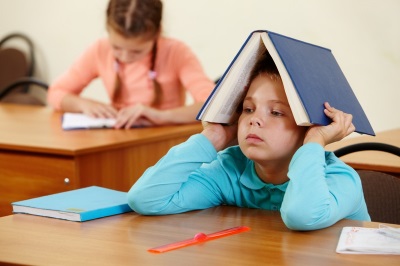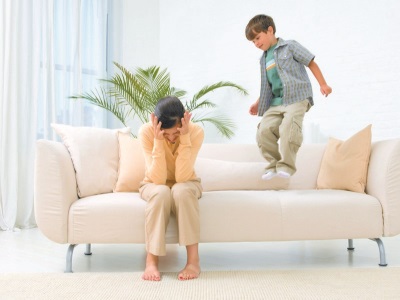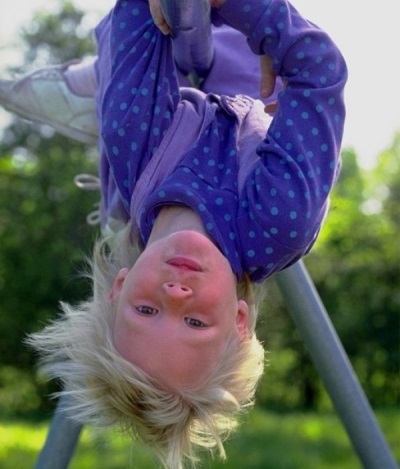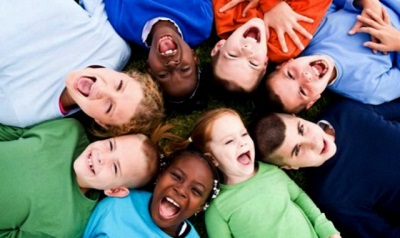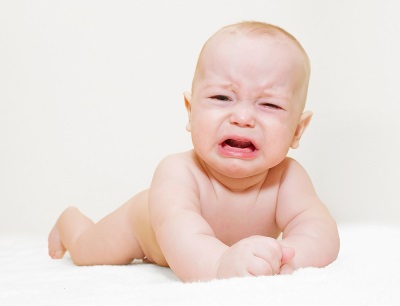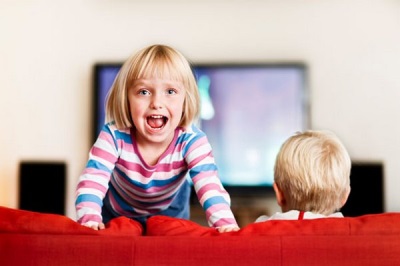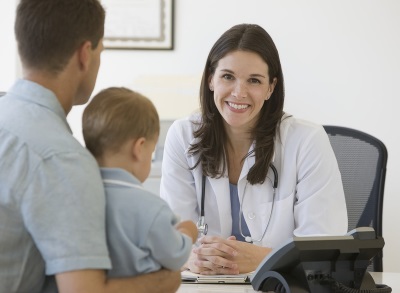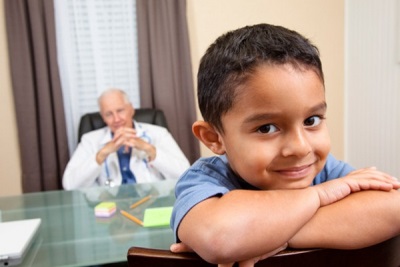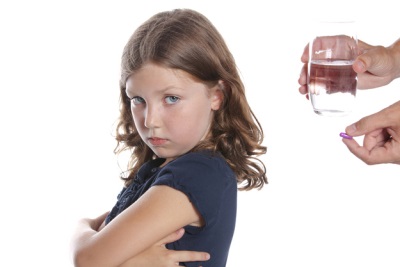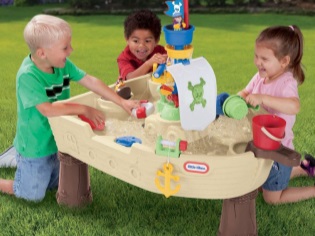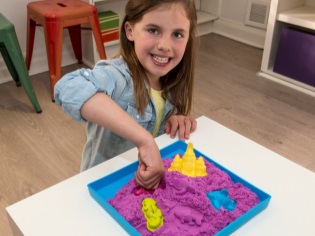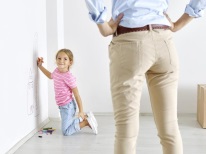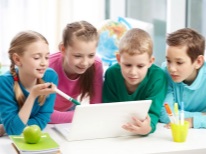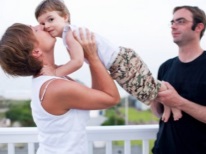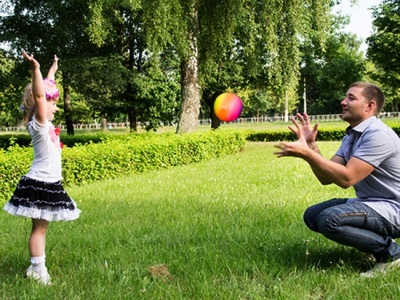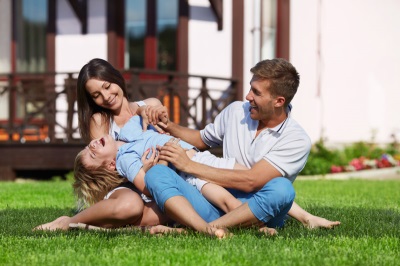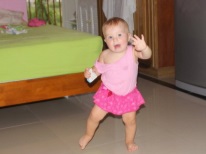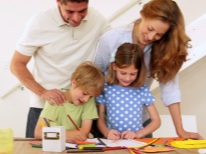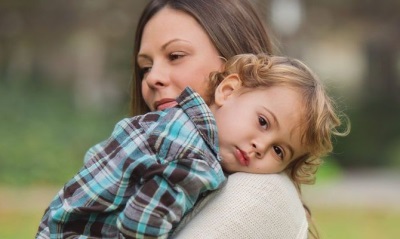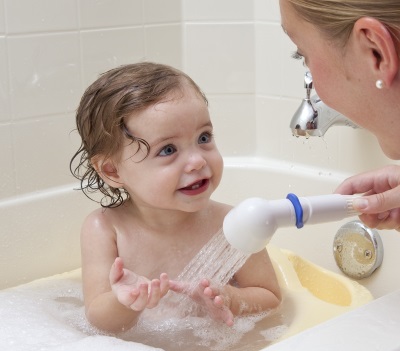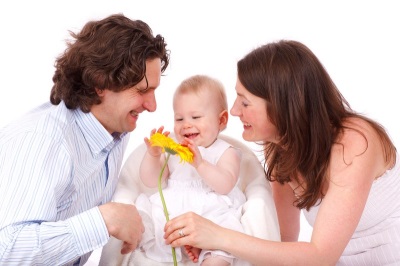Attention Deficit Disorder (ADHD): Symptoms and Correction
What is it?
Experts call the term "ADHD" neurological behavior disorder, which begins in early childhood and manifests as problems with concentration, increased activity and impulsivity. Hyperactivity syndrome is where arousal always prevails over inhibition.
The reasons
Scientists, educators and doctors suggest that the onset of ADHD symptoms depends on the influence of various factors. Thus, biological factors are divided into prenatal and postnatal periods.
The causes of organic lesions can be:
- use in large quantities during pregnancy, alcohol and smoking;
- toxicosis and immune incompatibility;
- premature, prolonged labor, the threat of miscarriage and an attempt to terminate a pregnancy;
- consequence of anesthesia and cesarean section;
- cord entanglement or improper presentation of the fetus;
- stress and psychological trauma of the mother during pregnancy, unwillingness to have a child;
- any illness of the child in the period of infancy, accompanied by high fever, can also affect the formation and development of the brain;
- adverse psychosocial environment and genetic predisposition;
- emotional disorders, increased anxiety, injuries.
There are also social reasons - these are features of upbringing in the family or pedagogical neglect - upbringing of the “family idol” type.
Signs of
How to determine if parents have hyperactivity in their child. I think at the initial stage of the definition it is very easy to do. It is enough to note the symptoms that are present in your child for a certain time.
Signs of inattention:
- does not like noisy rooms;
- it is difficult for him to concentrate attention;
- he is distracted from the task, reacts to external stimuli;
- with great pleasure, grabs the cause, but often moves from one unfinished action to another;
- hears badly and does not take instructions;
- has difficulty in self-organization, often loses his things in the kindergarten or at home.
Symptoms of hyperactivity:
- climbs on the table, cabinets, cabinets, outdoors on trees, fences;
- runs, turns and spins on the spot more often;
- during class walks around the room;
- there are restless movements of arms and legs, as if jerking;
- if he does something, then with noise and cry;
- he constantly needs to do something (play, make and draw) cannot rest.
Signs of impulsivity:
- extremely talkative;
- does not know how to wait for remuneration, he needs “here” and “now”;
- distracting other children in the classroom;
- it is difficult to tolerate time when waiting for its turn;
- experiencing difficulties in controlling their behavior, does not know how to follow the rules;
- often changes mood, snooty.
You can only talk about ADHD syndrome when your child has almost all of the above symptoms for a very long time.
The mental activity of children with ADHD syndrome is cyclical. A child can work well for 5-10 minutes, then a period comes when the brain rests, accumulating energy for the next cycle. At this point, the child is distracted, does not hear anyone. Then the mental activity is restored, and the child is ready to work again within 5-15 minutes. Children with ADHD have “flickering attention,” a lack of concentration without additional motor stimulation. They need to move, spin and constantly turn their heads in order to remain in "consciousness".
In order to maintain concentration, the children with the help of physical activity activate the centers of balance. For example, they lean backwards in a chair so that the rear legs do not touch the floor. If their head is stationary, their activity will decrease.
How to distinguish ADHD from pampered?
First of all, let us recall that all children are born with a temperament already laid down by mother nature. And how it will manifest itself depends on the development of the baby, and on parenting.
Temperament is directly dependent on nervous processes, such as agitation and inhibition. At the moment there are four types of temperament - it is sanguine, choleric, phlegmatic and melancholic. The main thing is that parents should know - pure temperaments do not happen, just one of them prevails more than others.
If your child is mobile when you talk with friends on the street, or he rolls tantrums in the store, and you are busy at this time choosing foods, this is a normal, healthy, active child.
But you can talk about hyperactivity only when the child is constantly running, it can not be distracted, in the kindergarten and at home the behavior is the same. That is, sometimes the symptoms of temperament can indeed overlap with the symptoms of attention deficit disorder with hyperactivity.
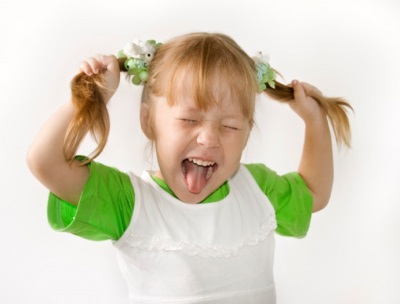
Parents share their experiences on parenting children with ADHD in the next video.
ADHD classification
The International Psychiatric Classification (DSM) identifies the following options for ADHD:
- mixed - this is a combination of hyperactivity with attention disorder - occurs most often especially in boys;
- inattentive - attention deficit prevails, it is more common in girls with violent imagination;
- hyperactive - dominated by hyperactivity. May be a consequence of both the individual characteristics of the temperament of children, and some disorders of the central nervous system.
Symptoms in children of different ages
Symptoms of hyperactivity may appear before the birth of the child. Such children can be very active in the womb. An overly agile child is a very dangerous phenomenon, because its activity can provoke entanglement by the umbilical cord, and this is fraught with hypoxia.
In children up to 1 year
- Very active motor reaction to different actions.
- Excessive outrage and hyperexcitability.
- Possible delayed speech development.
- Sleep disturbance (rarely in a state of relaxation).
- High sensitivity to bright light or noise.
- It should be remembered that the capriciousness of a baby at that age can be caused by improper feeding, growing teeth, colic.
In children 2-3 years old
- Restlessness
- Disorders of fine motor skills.
- Chaotic movements of the baby, as well as their redundancy.
- At this age, the symptoms of ADHD are activated.
Do preschoolers
- They are unable to concentrate on the business (to listen to a fairy tale, finish the game).
- In the classroom confuses tasks, quickly forgets the question asked.
- Hard to put to bed.
- Disobedience and whims.
- Kids in 3 years are very stubborn, capricious, as this age is accompanied by a crisis.But with ADHD, such traits are enhanced.
Schoolchildren
- There is a lack of attention to the lessons.
- Responds quickly, without thinking, interrupts adults.
- Experiencing self-doubt, low self-esteem.
- Fears and anxiety.
- Unbalance and unpredictability, changes in mood;
- Enuresis, complaints of pain in the head.
- Tics appear.
- Not able to wait for a long time calmly.
Which specialists to ask for help?
To confirm such a diagnosis, parents should, first of all, consult a neurologist. It was he who, after collecting all the history, after the tests and analyzes conducted, can confirm the presence of ADHD.
A child psychologist conducts psychological diagnostics with the help of various questionnaires and methods for examining mental functions (memory, attention, thinking), as well as the emotional state of a child. Children of this type are often excitable and tense.
If you look at their drawings, you can see the surface images, the lack of color solutions or the presence of sharp strokes and pressure. When raising such a baby should follow a single style of education.
To clarify the diagnosis of a hyperactive child, additional tests are prescribed, since various diseases may be hidden behind this syndrome.
Correction and treatment
Rehabilitation of a child with ADHD includes both individual support and psychological, pedagogical and medical correction.
At the first stage, a child psychologist and a neurologist hold consultations, individual examinations, BOS technologies are used, where the child is taught to breathe properly.
In the correction of ADHD, the entire social and related environment of the hyperactive child should interact: parents, educators and educators.
Drug treatment is an additional, and sometimes the main method of correction of ADHD. In medicine, nootropic drugs (cortexin, encephabol) are prescribed to children, they have a beneficial effect on brain activity and are effective in cases of inattention. If, on the contrary, hyperactive symptoms predominate, then drugs that contain gamma-aminobutyric acid, pantogam, and phenibut are used, they are responsible for inhibition of brain processes. It must be remembered that all of the above medicines can only be taken as directed by a neurologist.
Parents are important to monitor the nutrition of the child.
- It is obligatory to take 1000 mg of calcium, which is necessary for the development of a growing organism.
- The need for magnesium ranges from 180 mg to 400 mg per day. It is found in buckwheat, wheat, peanuts, potatoes and spinach.
- Omega 3 is a special type of fatty acid, which provides the passage of impulses to the cells of the heart, brain, so it is also important in the treatment of ADHD.
The main thing is that such vitamins as “choline” and “lecithin” are still present in the baby’s food - these are the defenders and builders of the nervous system. Products that contain these substances are very useful (eggs, liver, milk, fish).
A very good effect is observed after using kinesiotherapy. - This is breathing exercises, stretching, oculomotor exercises. Timely massage courses (SHOP) of the cervical spine, starting from an early age, will also be helpful.
Sand therapy, work with clay, grits and water, will also be useful. but these games must be conducted under the strict supervision of adults. Especially if the child is small. Now on the shelves of children's stores you can find ready-made kits for such games, such as "Kinesthetic sand", a table for playing with water and sand.The best result can be achieved if the parents start treatment and correction in a timely manner at an early age, when the symptoms are just beginning to appear.
Tips for parents
- Learn how to follow the daily routine; for a child with ADHD, this is very important; follow all regime points at the same time.
- Create comfortable conditions for your child where he can show his activity for the good of himself. Record in sports sections, clubs and swimming. Protect from overwork, try to get him to sleep.
- Barring one, always offer an alternative in return. For example, at home you can not play with the ball, but on the street you can, offer to play together.
- If possible, parents can attend behavioral programs that are held in the centers. There they will be taught how to interact with children correctly, share the secrets of raising and developing such children. Also such classes are conducted with children, both individually and in group form.
- To reinforce verbal instructions, use visual stimulation, action pictures.
- Children love stroking, massage each other, draw on the back with your hands.
- Listen to music. It has long been proven that classical music helps children concentrate and concentrate.
- V. Beethoven "Concert for piano and orchestra No. 5-6" controls all parts of your child's brain at the same time, stimulates speech skills, motor skills.
- A. Mozart: "Symphony No. 40 in G Minor" trains the muscles in the ear, the sound activates the motor and auditory functions.
- Parents in the home environment can correct children themselves with the help of games aimed at training one function.
Useful games
Attention games
"Catch - do not catch." This analogue is on everyone's favorite game "Edible - Inedible." That is, one player leading throws the ball and utters a word, for example relating to animals, and the second participant catches or rejects it.
You can still play "Find the Difference"; "Forbidden Movement"; "Listen to the command."
Emotional stress games
- "Touch." With the help of the game you teach the child to relax, remove anxiety and develop his tactile sensitivity. Use for this purpose various objects and materials with shreds of cloth, fur, bottles of glass and wood, cotton wool, and paper. Spread out and on the table in front of the child or fold into a pouch. When he carefully considers them, ask him with closed eyes to try to guess what item he took or touches him. Also interesting are the games "Affectionate legs"; "Talk with your hands."
- "Cake". Suggest your child to bake his favorite cake, play with his imagination. Let the child be the dough, depict the preparation of the dough using the elements of massage, stroking, tapping. Ask what to cook, what to add. This fun game relaxes and relieves stress.
Games to control motor activity
- "One, two, three stand still." Turn him into funny dance music. While it sounds like a baby can jump, run around to depict animals, but as soon as it ends it should stop in the position in which he was caught, the game teaches to concentrate its attention.
- Family game "Fruit Salad". Each member of the family draws himself in the form of a fruit, then shows drawings and tells about his features. Then all the fruits are cut and glued to a salad bowl.
- "Commander". The child explains the rules of the game. One of the family members plays the commander, and the child plays the role of a fighter who clearly follows the instructions of an adult. For example, "We will build a tower, I will lead the construction, and you build." Then things change places. This game teaches children and parents to hear and understand each other.
- "Describe and draw." The goal of the exercise is cohesion and mutual understanding.The kid draws a drawing on any topic, then describes it in great detail, and an adult, according to his description, should recreate the drawing.
How can you help your baby when he is over-excited?
Your child lost his temper - then take his hand and, for example, go with the baby to another room. Suggest to wash, and if this does not help, turn his attention to something interesting.
When he is angry, touch him, stroke him gently on the back, hug him, because emotional contact is very necessary for children with ADHD.
An excellent way to restore balance and harmony in children is to take a soothing bath at night with various herbs such as chamomile or lavender. Before going to bed, you can read your favorite fairy tale together or watch the calm illustration.
If your child is already well developed fantasy, try using meditative techniques. For example, ask to close your eyes. Let him imagine a clearing or forest. Pay attention to the birds singing or the sound of the stream, let him feel the wind on his face, all this can be accompanied by musical accompaniment.
Prevention
In order to prevent the onset of ADHD syndrome, each mother, even before the birth of the child, should provide herself with favorable conditions for the normal course of pregnancy and childbirth, as well as create a positive microclimate in her home.
But if, nevertheless, a hyperactive baby appeared in your family, remember, the main thing is to start a complex therapy in time, which will teach the child to correctly build relationships with adults and children, to control their behavior and emotions.
Read more about ADHD in the transfer of Dr. Komarovsky.
How to behave parents, see the next video of the clinical psychologist Veronika Stepanova.
